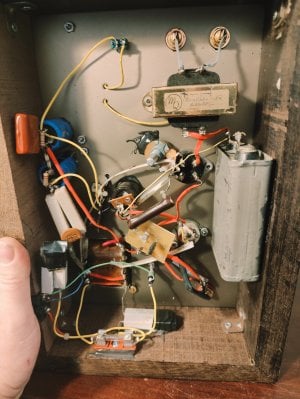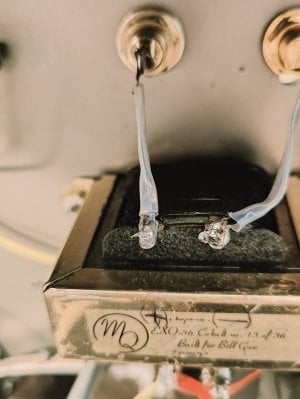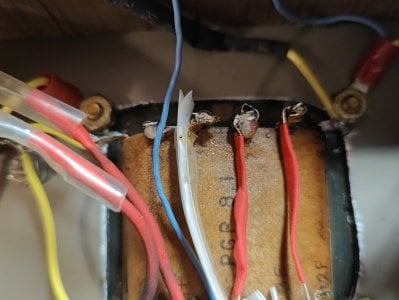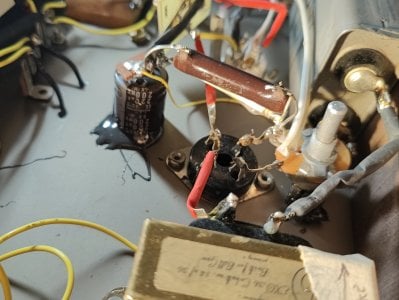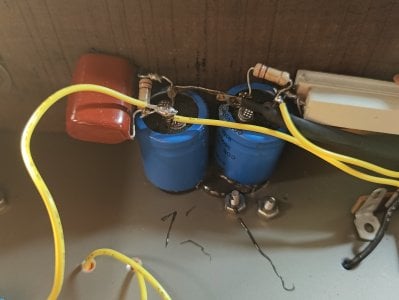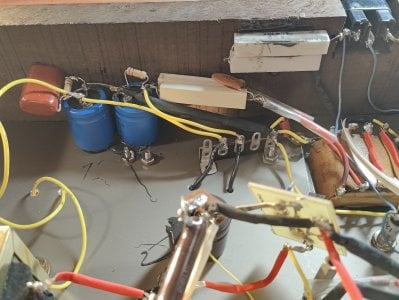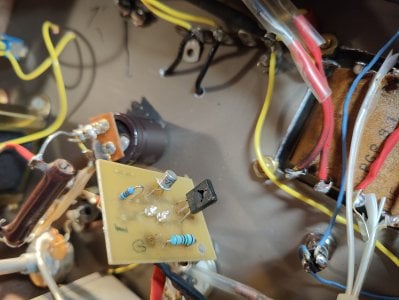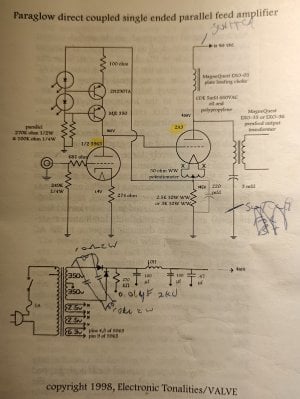superchunk
New member
Hi all, sorry if this is the wrong space for this but I couldn't find a better one.
I just picked up some old paraglow monoblocks, with the cobalt transformers. I'll be moving them to a new chassis and I was wondering if there was any circuit upgrades I should be making, perhaps power supply? Is there a repository for this kind of info (revisions etc...)?
Happy to hear any and all thoughts on these. I'm a novice with a little bit of experience with kits etc ..but looking to learn learn learn.
I just picked up some old paraglow monoblocks, with the cobalt transformers. I'll be moving them to a new chassis and I was wondering if there was any circuit upgrades I should be making, perhaps power supply? Is there a repository for this kind of info (revisions etc...)?
Happy to hear any and all thoughts on these. I'm a novice with a little bit of experience with kits etc ..but looking to learn learn learn.

